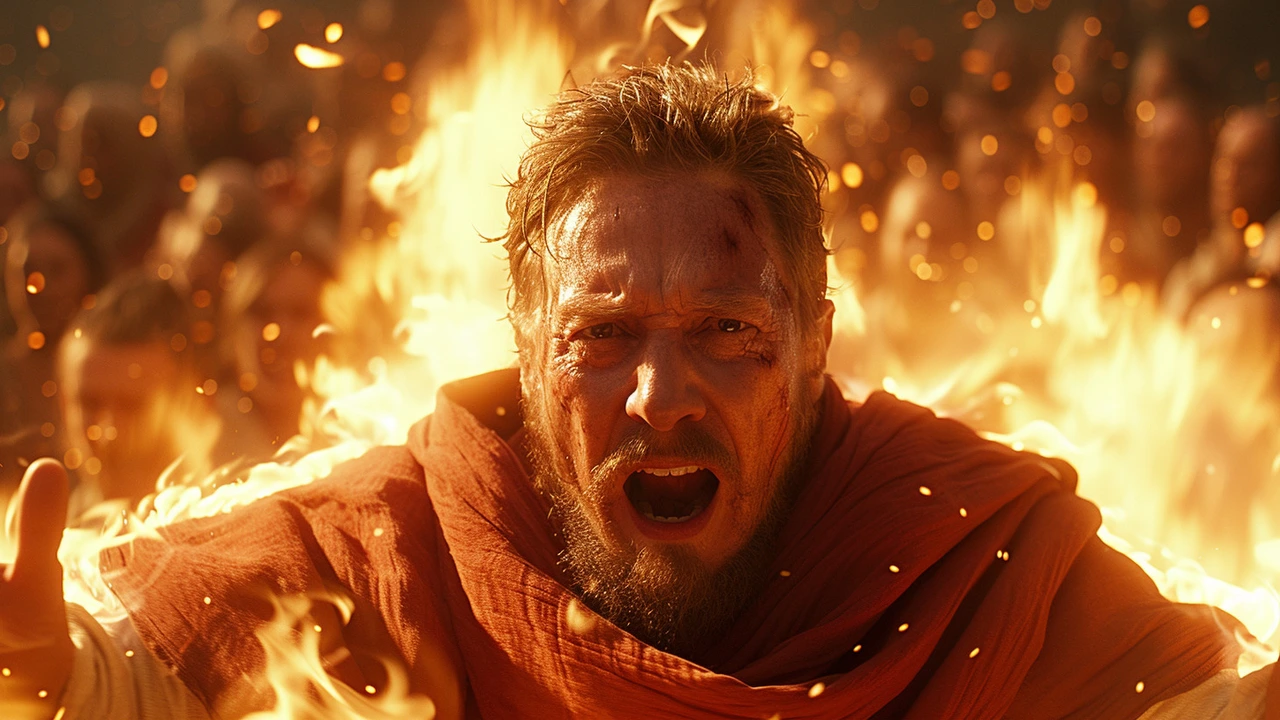Baroque composers: who they were and why their music still clicks
Baroque music sounds big, dramatic, and full of motion. That feeling didn’t happen by accident. Composers from the 17th and early 18th centuries invented musical tricks—like strong contrast, driving rhythms, and ornate melodies—that still make listeners sit up. If you want clear, practical ways to explore Baroque composers, this page maps the essentials.
Meet the key names
Johann Sebastian Bach — Think complex counterpoint and deep emotion. Try the Brandenburg Concertos or the Well-Tempered Clavier to hear his craft. Bach blends math-like structure with real feeling.
Antonio Vivaldi — Fast, bright, violin-friendly music. The Four Seasons is the classic intro: vivid scenes, catchy rhythms, and simple drama you’ll remember after one listen.
George Frideric Handel — Big gestures and memorable tunes. Handel wrote operas and oratorios; Messiah is the piece everyone knows for good reason—full of power and singable melodies.
Claudio Monteverdi — A bridge from Renaissance to Baroque. His operas and madrigals pushed music toward drama and emotional storytelling.
Henry Purcell — England’s Baroque voice. He mixed French and Italian styles with English drama—listen to Dido and Aeneas for a short, moving example.
How to listen so it makes sense
Start with one short work, not an hour-long collection. Pick a single concerto, aria, or suite and play it a few times. Focus on three things: the melody, the bass line (basso continuo), and how the instruments trade ideas. That bass line is like the engine—once you hear it, a lot clicks.
Pay attention to contrast. Baroque composers loved sudden changes in volume, texture, and mood. When the music shifts from soft to loud or from solo to full ensemble, that’s intentional drama, not random noise.
Want a quick listening plan? Try Vivaldi’s Spring (a movement from The Four Seasons), one Bach Brandenburg Concerto, and Handel’s Hallelujah chorus. Those three give you variety: solo brilliance, complex ensemble writing, and choral power.
If you like historical context, check articles on this site about the Baroque era and Baroque art to see how music linked with dramatic painting and architecture. Baroque composers worked in courts, churches, and opera houses—places that demanded showy, immediate effects.
Curious about modern connections? Film scores borrow Baroque ideas all the time—fast string ostinatos, bold fanfares, and tight counterpoint show up in movies to intensify action or emotion.
Want to go deeper? Explore period-instrument recordings (they sound lighter and clearer), read short composer bios, or attend a live performance—Baroque music comes alive in small halls. Stick with short listening sessions, follow the bass, and notice contrast. You’ll find the drama that hooked audiences centuries ago still works today.

